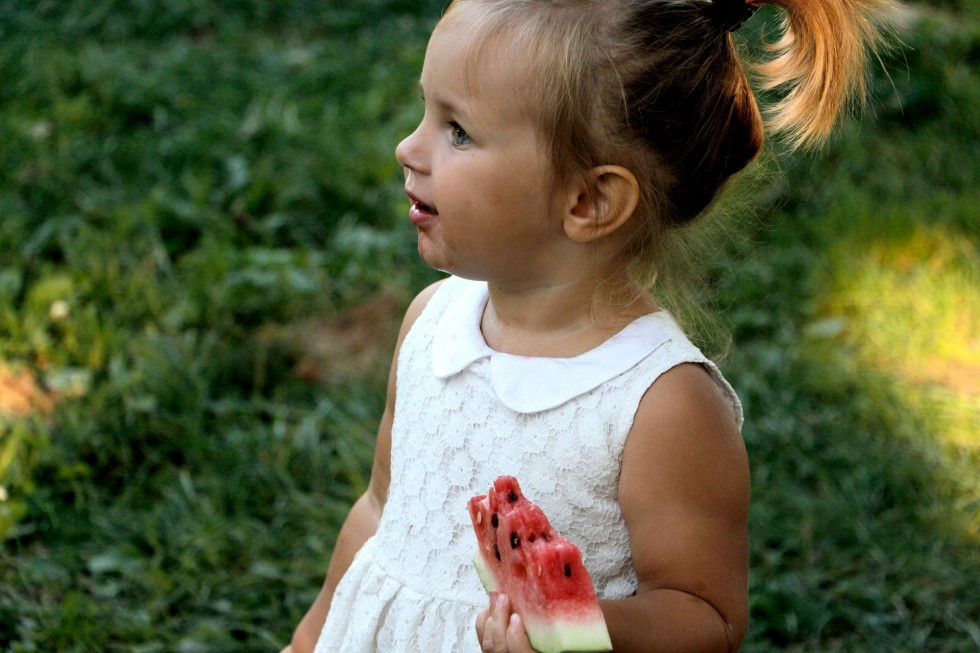It’s no secret that kids love sweets. Most children will eat things like cookies and candy bars any chance they get. While it is natural for children to want sugary foods, it is something parents need to manage carefully.
If left unchecked, a child’s sugar intake can easily get out of control. According to the current recommendations, a child between the ages of 2-18 should eat no more than 25 grams of added sugar in a day. To put that in perspective, you can easily get upwards of 20 grams of sugar in many popular candy bars.
With all of the ways sugar can affect a young person’s health, parents should look for ways to limit the amount of sugar their children eat. It might not be as easy with children who are already used to eating a lot of sugar, but it can be done. Along with trying a meal kit delivery service like Yumble that ensures all meals are nutritionally-approved and well-balanced, you can also try some of the following tips if you are having a hard time getting a handle on your child’s sweet tooth.
Find the Sugar in Your Home
If you want to manage the amount of sugar in your diet or in that of your children, you need to know where all of the added sugar is coming from. Once you identify all of the sources of sugar, you can either get rid of them or look for alternatives that have less sugar.
You are probably already aware of some of the foods that need to be looked at. This would include the cakes, candy bars, cookies and soda pop. However, you may not realize that added sugar is hiding in a lot of places you might not think to look. This could include things like pasta sauce, yogurt and condiments. To get started on your plan to reduce sugar in your household, you need to go to your pantry and refrigerator to look at all of the food labels.
Make Healthy Snacks Easy and Available
If you are going to get rid of all or most of the high-sugar snacks in your home, you need to offer a replacement. Make sure to stock up on healthier snacks like fruits, vegetables and nuts. You could also look for different types of crackers and dips that are low in sugar.
In addition to keeping these snacks in your home, make them an easy snack for your children. Have the vegetables and fruits pre-sliced so your kids can just grab and eat them.
Don’t Be Fooled by Health Foods.
Many people see foods that have labels that make a health claim and they use this as a shortcut to finding healthy food. This isn’t to say that health foods are bad, but they can still be high in sugar or high in calories. Instead of seeing the label and assuming that it is a healthy choice, look at the nutrition information to see how much sugar it has.
Don’t Turn Sweets Into a Reward
Rewards can be a great way to incentivize different behaviors. That said, you want to be careful about what you establish as a reward. When a child views something as a reward, it can make them desire it even more.
Instead of offering ice cream or some other sweet as a reward for good behavior, find other incentives to motivate them. You could buy them a small gift or offer to take them to a place or event they like. If all else fails, money can act as a nice reward.
Consider Your Beverage Choices
Beverages can be one of the worst sources of added sugar. Soda and soft drinks will obviously contribute a lot of added sugar to a child’s diet, but there are other drinks that might seem healthy while still having a lot of sugar. If you are not looking at the labels, you might be surprised to find out how much sugar is in a variety of popular fruit juices.
If you want to reduce your child’s sugar intake, you should put significant restrictions on soda and juices that have added sugar. Even with the juices that have no added sugar, daily consumption should be limited to just one or two glasses per day. Instead, try to get your kids to drink water and plain milk as much as possible.

Rethink Dessert
You don’t have to give up dessert if it is something your family enjoys; you just need to substitute the sugary desserts with healthier treats. One option could be to switch to fresh fruit as a dessert for after meals. If you still want a more traditional dessert from time to time, you could look for low-sugar dessert recipes.
Change Your Breakfast Routine
Breakfast can be the meal with the most sugar if you are not careful. Many popular kids’ cereals are loaded with sugar. Along with that, there are a range of breakfast options that seem healthy while having a significant amount of added sugar. This could include things like different types of yogurt, flavored oatmeal and breakfast bars.
A few simple adjustments can make it easy to cut sugar from your daily breakfast routine. If your child likes yogurt, get plain yogurt and use fresh fruit to flavor it yourself. You could also do the same with oatmeal: Instead of buying the flavored oatmeal, make your own and add fruit for natural flavoring. You could also buy healthier cereals and use fruit to enhance the flavors.
Don’t Ban Sweets Entirely
You want your child to eat less sugar, but that does not mean that you should make sweets entirely forbidden. You want your child to learn about their food choices and teach them how to eat responsibly. If you never let them have any sweets, they may end up wanting them more and this can lead to unhealthy eating habits when they get older.
Photo credits by pixabay.com






As a nutritionist, I completely agree with the points made in this article. While kids do enjoy sugary treats, it’s crucial to balance their diet to avoid excessive sugar intake, which can lead to long-term health issues. It’s all about moderation. Instead of cutting out sugar completely, introduce natural sources like fruits, which satisfy the sweet tooth while providing essential nutrients. Teaching kids healthy eating habits early on helps shape their choices as they grow.